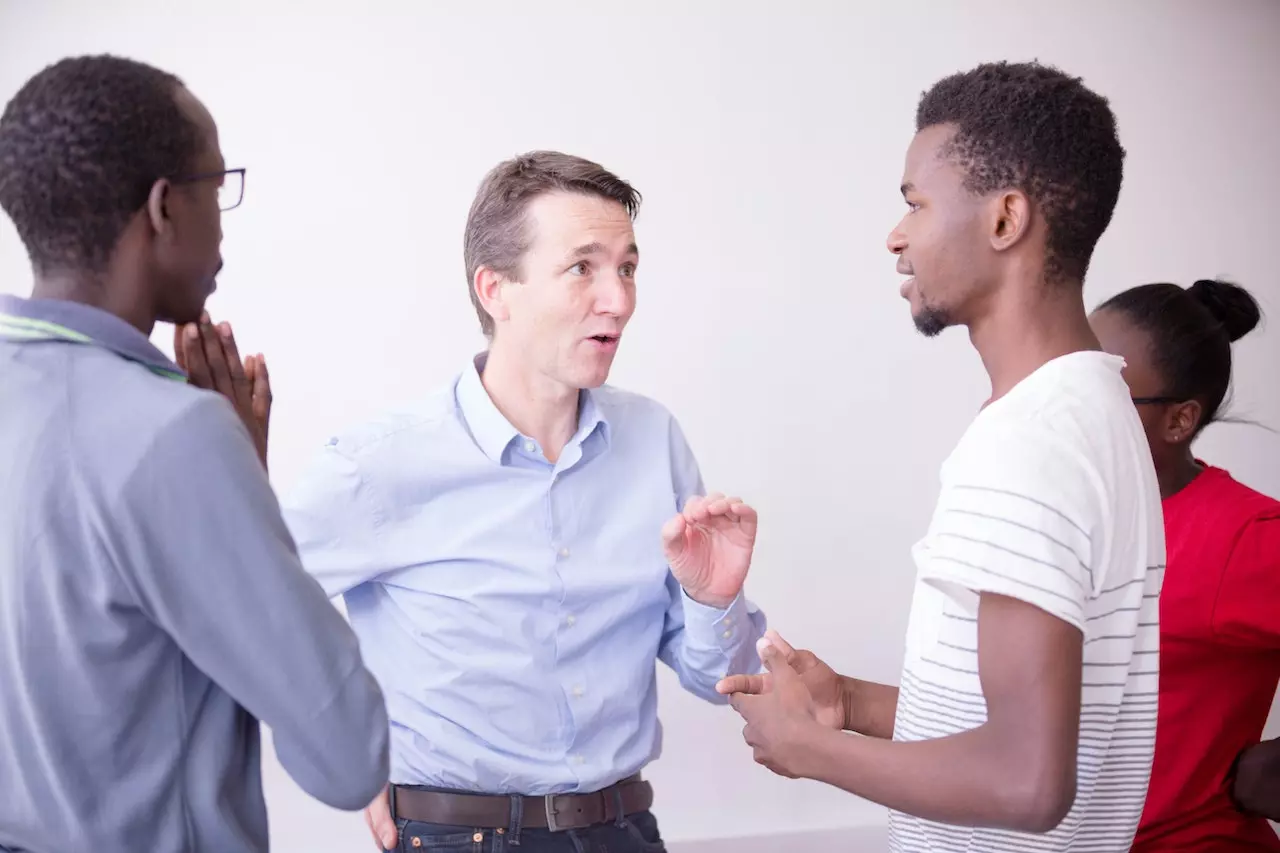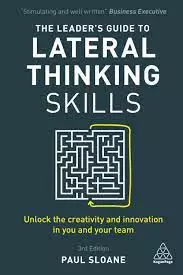Comments
- No comments found

Adapting ideas that work in one environment and using them in another is one of the most successful of innovation techniques.
In 1916 a young American scientist and inventor called Clarence Birdseye went to Canada as a fur trader. He noticed that people in Labrador kept their food frozen in the snow for extended periods in the winter. When he returned to the USA he developed this idea and launched a line of quick-frozen foods and persuaded retailers to stock them in freezers. He created the frozen food industry. Birdseye subsequently sold his business to General Foods Corporation and made his fortune. He saw a good idea, adapted it to his business environment and implemented it.
Alexander Graham Bell studied the workings of the human ear. He adapted the idea of the eardrum vibrating with sounds into the workings of a metal diaphragm which led to his invention of the telephone. The motto of the Round Table is adopt, adapt, improve and it is an excellent guideline for implementing new ideas in your business. Taking ideas from other environments and adapting them for use in your situation is one of the best ways of implementing novel solutions. Amar Bhide of the Harvard Business School studied the origin and evolution of new businesses. He found that over 70% of successful start-ups were based on ideas that the founders had adopted from their previous employment. They took a promising idea in a field they understood and made it better.
The person who invented the roll-on deodorant was looking for a new way to apply a liquid. She copied an idea from another field, writing, where the same problem is solved. She adapted the concept of the ballpoint pen to create the roll-on deodorant.
Samuel Morse was the inventor of morse code. He encountered a problem sending signals over long distances on the telegraph – the signal became attenuated and weak. Then one day when he was travelling by stagecoach he noticed how the coach changed horses at relay stations. He adapted this idea to put in relay stations for telegraphs that boosted the signal.
If you have a problem try to force fit a link with a random event or animal or institution. Then adapt some ideas from that environment. Say your problem is how to motivate a lethargic team and you choose at random the Olympic Games, a tiger and a Ballet school. What sorts of ideas would that trigger? You might offer medals as recognition for top performers. You could keep records of who has achieved the fastest qualified lead or the fastest assembly time and post them on the wall or the extranet in the form of Olympic records. The tiger might suggest face painting as a trick for raising morale or it might suggest hunting – you could have a treasure hunt in the office or organise a ‘hunt for sales’ competition. And so on. The ballet school students practice all their exercises each day before they perform a dance. This might suggest a high-energy group practice session each morning before work begins. Ballet dancers practice in front of mirrors – what if we installed systems that gave us feedback to build the team’s motivation?
Lateral thinking is about finding new ways to solve problems. It is very likely that the current problem you face at work today has been faced and solved by other people. Maybe they were in your line of business or maybe they confronted a similar problem but in an entirely different walk of life. Why do all the brain work yourself when you can adapt someone else’s idea and make it work for you?

Based on a chapter in The Leader’s Guide to Lateral Thinking Skills by Paul Sloane
Paul is a professional keynote conference speaker and expert facilitator on innovation and lateral thinking. He helps companies improve idea generation and creative leadership. His workshops transform innovation leadership skills and generate great ideas for business issues. His recent clients include Airbus, Microsoft, Unilever, Nike, Novartis and Swarovski. He has published 30 books on lateral thinking puzzles, innovation, leadership and problem solving (with over 2 million copies sold). He also acts as link presenter at conferences and facilitator at high level meetings such as a corporate advisory board. He has acted as host or MC at Awards Dinners. Previously, he was CEO of Monactive, VP International of MathSoft and UK MD of Ashton-Tate. He recently launched a series of podcast interviews entitled Insights from Successful People.
Leave your comments
Post comment as a guest